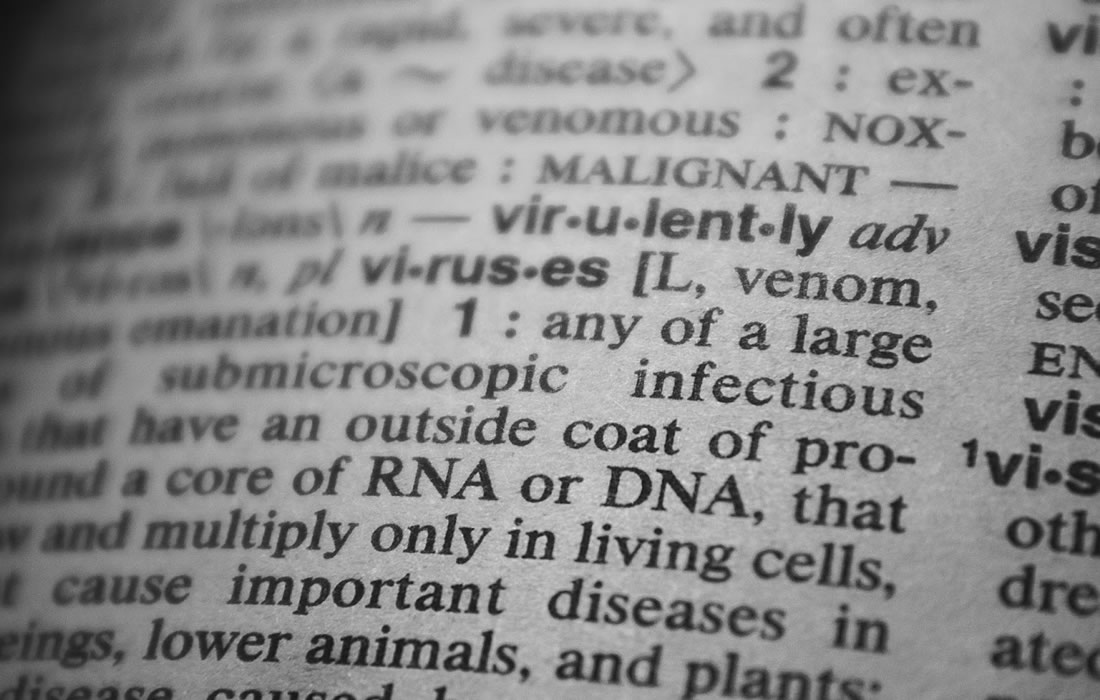Regenerative Medicine News and General Information
Ancient DNA Reveals Reason for High Multiple Sclerosis and Alzheimer’s Rates in Europe
Researchers have created the world’s largest ancient human gene bank by analyzing the bones and teeth of almost 5,000 humans who lived across western Europe and Asia up to 34,000 years ago.
By sequencing ancient human DNA and comparing it to modern-day samples, the international team of experts mapped the historical spread of genes over time as populations migrated..
The scientists found:
- The startling origins of neurodegenerative diseases including multiple sclerosis
- Why northern Europeans today are taller than people from southern Europe
- How major migration around 5,000 years ago introduced risk genes into the population in north-western Europe — leaving a legacy of higher rates of MS today
- Carrying the MS gene was an advantage at the time as it protected ancient farmers from catching infectious diseases from their sheep and cattle
- Genes known to increase the risk of diseases such as Alzheimer’s and type 2 diabetes were traced back to hunter gatherers
- Future analysis is hoped to reveal more about the genetic markers of autism, ADHD, schizophrenia, bipolar disorder, and depression
Northern Europe has the highest prevalence of multiple sclerosis in the world. A new study has found the genes that significantly increase a person’s risk of developing multiple sclerosis (MS) were introduced into north-western Europe around 5,000 years ago by sheep and cattle herders migrating from the east.
They found that the genetic variants associated with a risk of developing MS ‘traveled’ with the Yamnaya people — livestock herders who migrated over the Pontic Steppe into North-Western Europe.
These genetic variants provided a survival advantage to the Yamnaya people, most likely by protecting them from catching infections from their sheep and cattle. But they also increased the risk of developing MS.
“It must have been a distinct advantage for the Yamnaya people to carry the MS risk genes, even after arriving in Europe, despite the fact that these genes undeniably increased their risk of developing MS,” said Professor Eske Willerslev, jointly at the Universities of Cambridge and Copenhagen and a Fellow of St John’s College, an expert in analysis of ancient DNA and Director of the project.
He added: “These results change our view of the causes of multiple sclerosis and have implications for the way it is treated.”
“These results astounded us all. They provide a huge leap forward in our understanding of the evolution of MS and other autoimmune diseases. Showing how the lifestyles of our ancestors impacted modern disease risk just highlights how much we are the recipients of ancient immune systems in a modern world,” said Dr William Barrie.
Sources:
Materials provided by University of Cambridge. Original written by Jacqueline Garget. The original text of this story is licensed under a Creative Commons Attribution-NonCommercial-ShareAlike 4.0 International License. Note: Content may be edited for style and length.
William Barrie, Yaoling Yang, Evan K. Irving-Pease, Kathrine E. Attfield, Gabriele Scorrano, Lise Torp Jensen, Angelos P. Armen, Evangelos Antonios Dimopoulos, Aaron Stern, Alba Refoyo-Martinez, Alice Pearson, Abigail Ramsøe, Charleen Gaunitz, Fabrice Demeter, Marie Louise S. Jørkov, Stig Bermann Møller, Bente Springborg, Lutz Klassen, Inger Marie Hyldgård, Niels Wickmann, Lasse Vinner, Thorfinn Sand Korneliussen, Morten E. Allentoft, Martin Sikora, Kristian Kristiansen, Santiago Rodriguez, Rasmus Nielsen, Astrid K. N. Iversen, Daniel J. Lawson, Lars Fugger, Eske Willerslev. Elevated genetic risk for multiple sclerosis emerged in steppe pastoralist populations. Nature, 2024; 625 (7994): 321 DOI: 10.1038/s41586-023-06618-z
University of Cambridge. “Ancient DNA reveals reason for high multiple sclerosis and Alzheimer’s rates in Europe.” ScienceDaily. ScienceDaily, 10 January 2024. <www.sciencedaily.com/releases/2024/01/240110120200.htm>.
Images from:
Photo by Nothing Ahead
https://www.pexels.com/photo/words-in-dictionary-4440721/

